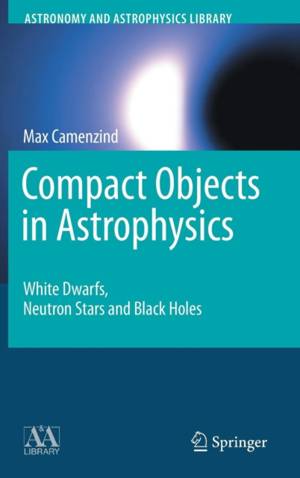
- Retrait gratuit dans votre magasin Club
- 7.000.000 titres dans notre catalogue
- Payer en toute sécurité
- Toujours un magasin près de chez vous
- Retrait gratuit dans votre magasin Club
- 7.000.0000 titres dans notre catalogue
- Payer en toute sécurité
- Toujours un magasin près de chez vous
Description
Compact objects are an important class of astronomical objects in current research. Supermassive black holes are important to understanding of the formation of galaxies in the early Universe. Old white dwarfs are used to calibrate the age of the Universe. Mergers of neutron stars and black holes are the sources of intense gravitational waves. Compact Objects in Astrophysics gives a comprehensive introduction and up-to-date overview of the physical processes behind these objects, covering the most recent results, including all relevant observations. After a presentation of the taxonomy of compact objects, the basic principles of general relativity are given. The author then discusses in detail the physics and observations of white dwarfs and neutron stars including the most recent equations of state for neutron star matter; the gravitational field of rapidly rotating compact objects, rotating black holes including ray tracing and black hole magnetospheres; gravitational waves, and the latest understanding of accretion processes.
Spécifications
Parties prenantes
- Auteur(s) :
- Editeur:
Contenu
- Nombre de pages :
- 679
- Langue:
- Anglais
- Collection :
Caractéristiques
- EAN:
- 9783540257707
- Date de parution :
- 15-02-07
- Format:
- Livre relié
- Format numérique:
- Genaaid
- Dimensions :
- 165 mm x 239 mm
- Poids :
- 1306 g

Les avis
Nous publions uniquement les avis qui respectent les conditions requises. Consultez nos conditions pour les avis.






